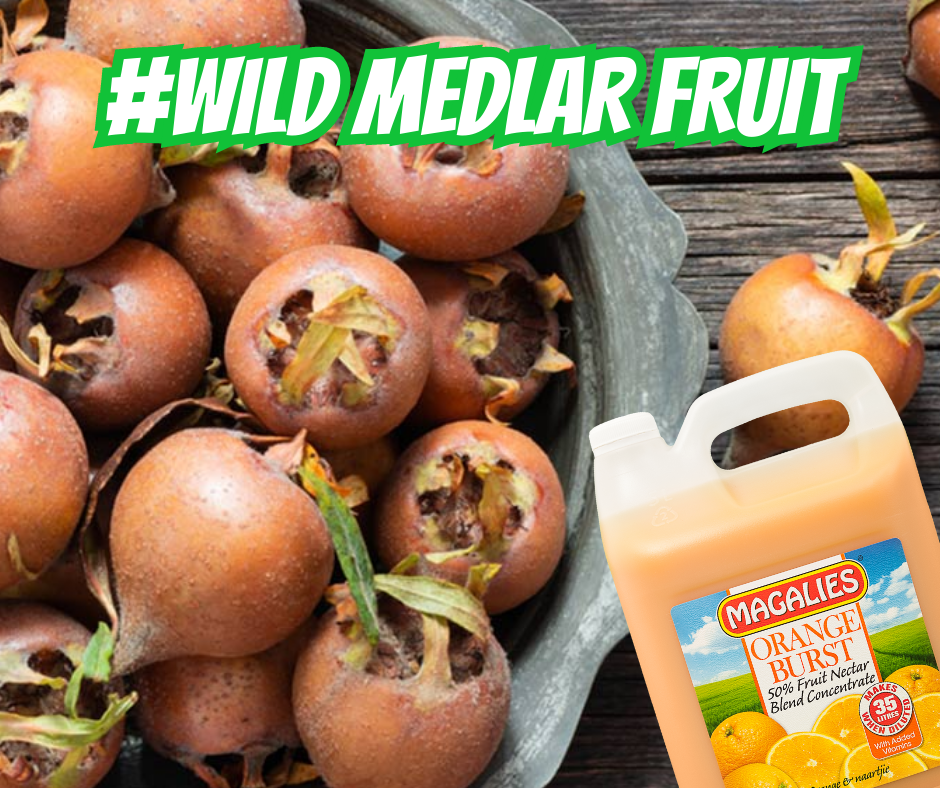by Dr. Marli Botha
Please do keep in mind that not all fermented foods are created equal. For instance, although cheese is fermented, it’s not known to bring the same health benefits as yogurt. The difference is live microbes, yogurt has them, but cheese typically doesn’t. Live cultures are found not only in yogurt and a yogurt-like drinks, but also in Korean pickled vegetables (called kimchi), sauerkraut, and some pickles.
7 more interesting facts about Fermented Foods:
- TEMPEH is made from fermented soybeans that have been pressed into a compact cake. This high-protein meat substitute is firm but chewy and can be baked, steamed, or sautéed before being added to dishes. It’s similar to tofu in that it’s a plant-based protein made from soy, but unlike tofu, tempeh is fermented.
- NATTO is a staple probiotic food in traditional Japanese cuisine. Like tempeh, it’s made from fermented soybeans. It has a very strong flavour and slippery texture. It contains a good amount of fibre, providing 5.4 grams per 3.5-ounce (100-gram) serving.
- KOMBUCHA is a fermented tea that’s fizzy, tart, and flavourful. It’s made from either green or black tea and contains their potent health-promoting properties. The drink is often flavoured with herbs or fruit.
- A fermented paste called MISO adds a nice umami flavour to dishes. It’s bold, so a little goes a long way (which is good because it’s also high in sodium!). It’s made by fermenting soybeans with salt and koji, a type of fungus. It’s most often found in miso soup, a flavourful dish made up of miso paste and stock. Miso soup is traditionally served for breakfast.
- SAUERKRAUT is a popular condiment consisting of shredded cabbage that’s been fermented by lactic acid bacteria. It’s low in calories but contains plenty of fibre, vitamin C, and vitamin K. Like other foods made with leafy green vegetables, it also contains a good amount of lutein and zeaxanthin. These two antioxidants help promote eye health and reduce the risk of eye disease.
- Sauerkraut’s Korean cousin, KIMCHI, is a spicy, fermented cabbage dish, usually made from fermented cabbage. It can also be made from other fermented vegetables such as radishes. It boasts an extensive array of health benefits and may be especially effective when it comes to lowering cholesterol and reducing insulin resistance.
- SOURDOUGH BREAD is made by the fermentation of dough using naturally occurring lactobacilli and yeast. The lactic acid produced by the lactobacilli gives it a more sour taste and improved keeping qualities.
It is important to mention that no food is meant to be a cure-all for any condition, though there are certainly health and skin benefits contained within them. The one thing you should always do before using a new skin care product is to do a patch test to look for allergies and sensitivities.

























